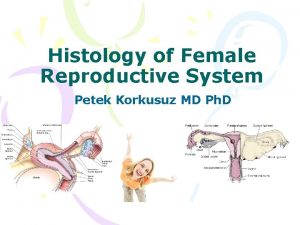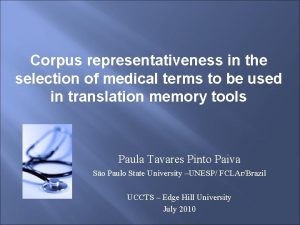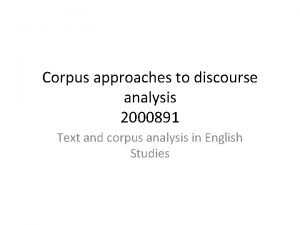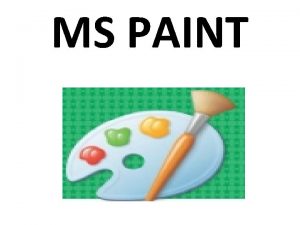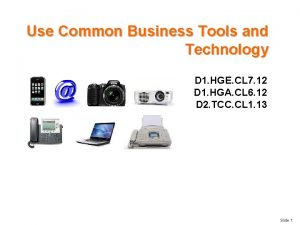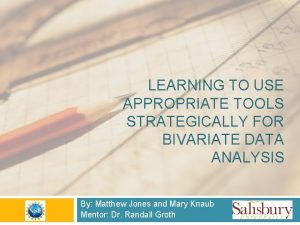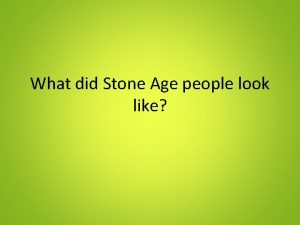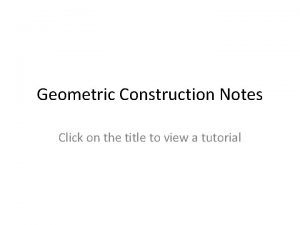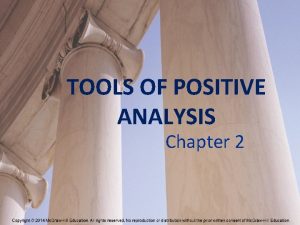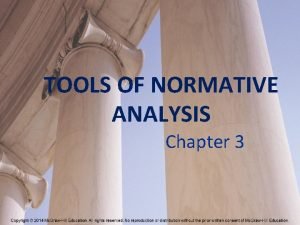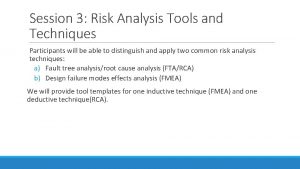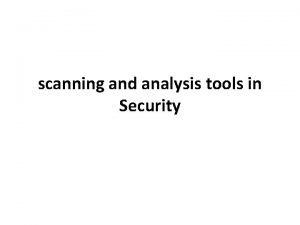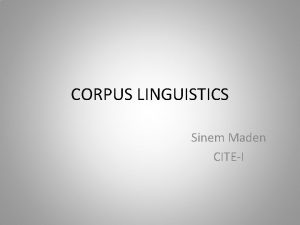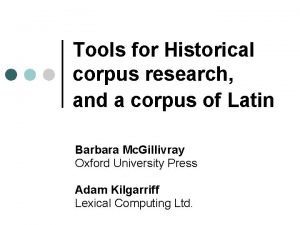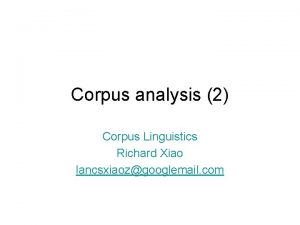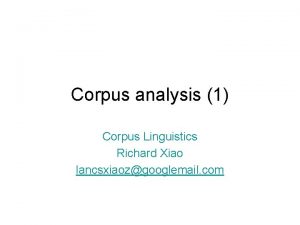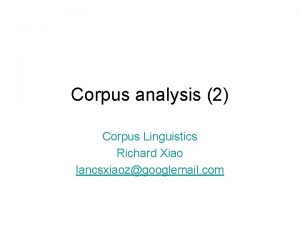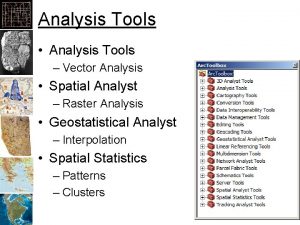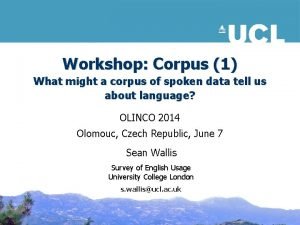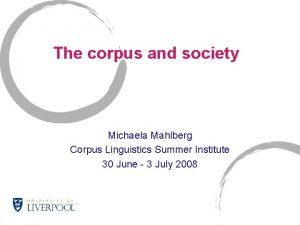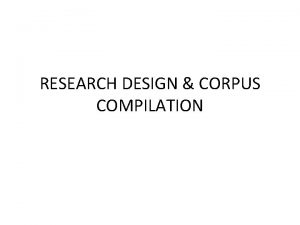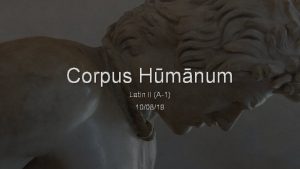Use of corpus analysis tools in medical corpus
























- Slides: 24

Use of corpus analysis tools in medical corpus processing Evelina Miščin evelinamiscin@yahoo. co. uk

1. 2. 3. 4. 5. 6. 7. 8. Introduction Research questions Methodology Terme. X Simple Concordance Collocation extract Conclusion Future research

Introduction o the use of corpus analysis tools o three tools n n n Terme. X Simple Concordance Collocation Extract

o Firth (1957) – definition of collocation o Other theoreticians (Halliday, Ridout & Waldo-Clarke, Backlund, Seaton, Crystal, Cruse, Zhang) o Collocations – importance o Word - text

o Medical English o Previous studies – social sciences o Natural sciences – Thomas, Baker, Francis, Pearson

o Analysis of collocations – corpus o The first corpus – 1961 – 135, 000 words o Brown’s corpus o LOB

o Sinclair (1991) o Lexical repetition o Function/structure words - content/lexical word

o Upward collocations –e. g. donate blood o The most frequent nouns o Verb collocations

Research questions o The most frequent nouns o The use of corpus analysis tools o Log likelihood / Mutual information

Methodology o Merck’s Manual of Medical Information o Files – 1, 065, 181 words o 25 files

BRAIN, SPINAL CORD AND NERVE DISORDERS BIOLOGY OF THE NERVOUS SYSTEM The nervous system has two distinct parts: the central nervous system (the brain and spinal cord) and the peripheral nervous system (the nerves outside the brain and spinal cord). The basic unit of the nervous system is the nerve cell (neuron). Nerve cells consist of a large cell body and nerve fibers— one elongated extension (axon) for sending impulses and usually many branches (dendrites) for receiving impulses. Normally, nerves transmit impulses electrically in one direction—from the impulse-sending axon of one nerve cell to the impulse-receiving dendrites of the next nerve cell. At contact points between nerve cells (synapses), the axon secretes tiny amounts of chemical messengers called neurotransmitters. Neurotransmitters trigger the receptors on the next nerve cell's dendrites to start up a new electrical current. Different types of nerves use different neurotransmitters to convey impulses across the synapses. The nervous system is an extraordinarily complex communication system that can send and receive voluminous amounts of information simultaneously. However, the system is vulnerable to diseases and injuries. For example, nerves can degenerate, causing Alzheimer's disease or Parkinson's disease. Bacteria or viruses can infect the brain or spinal cord, causing encephalitis or meningitis. A blockage in the blood supply to the brain cause a stroke. Injuries or tumors can cause structural damage to the brain or spinal cord. AGING’S EFFECTS Brain: Brain function varies normally as people pass from childhood through adulthood to old age. During childhood, the ability to think and reason steadily increases, enabling a child to learn increasingly complex skills. During most of adulthood, brain function is relatively stable. After a certain age, which varies from person to person, brain function declines. Different aspects of brain function are affected at different times. Short-term memory and the ability to learn new material tend to be affected relatively early. Verbal abilities, including vocabulary and word usage, may begin to decline at about age 70. Intellectual performance—the ability to process information (regardless of speed) —is usually maintained until about age 80 if no neurologic disorders are present. Reaction time and performance of tasks may become slower because the brain processes nerve impulses more slowly. However, the effects of aging on brain function may be difficult to separate from the effects of various disorders that are common among older people. These disorders include depression, stroke, an underactive thyroid gland (hypothyroidism), and degenerative brain disorders such as Alzheimer's disease. As people age, the number of nerve cells in the brain usually decreases, although the number lost varies greatly from person to person, depending on the person's health. As the number of nerve cells decreases, new connections are made between remaining nerve cells. These connections may help compensate for the

o Terme. X o Simple Concordance o Collocation Extract

Terme. X o A tool – collocation extraction o No verb collocations o Frequent nouns

Noun Position Blood Symptoms 17. 25. No. of occurrences 6675 4093 Treatment Drugs Heart Disease Pain Infection Skin Body 38. 41. 43. 48. 53. 57. 59. 61. 3059 2880 2764 2524 2288 2212 2134 2008

Simple Concordance o List of concordances o Separate files o KWIC

o http: //www. textworld. com/scp


410 410 411 411 412 413 413 415 415 417 is also used to purify blood by removing harmful or excessive numbers of blood cells or platelets in. To be helpful for purifying blood, hemapheresis must the undesirable substance or blood cell faster than the that are used to purify blood are plasmapheresis and , excess numbers of certain blood cells are removed. (an excess of red blood cells), certain types of leukemia (an excess of white blood cells), and large fluid shifts between blood vessels and tissues that occur as blood is removed and returned members or friends can donate blood specifically for one the recipient's and donor's blood types and Rh factors are , knowing who donated the blood is comforting, although one from an unrelated person. Blood from a family member is stem cells rather than whole blood. Prior to the donation into the bloodstream. Whole blood is drawn from the donor, a machine that separates the blood into its components and returns the rest of the blood to the donor. /DONATION process of donating whole blood takes about 1 hour.

Collocation extract o LL and MI o Span, frequency, level of meaning, distance

o http: //collocation- extract. software. informer. com/3. 0

Table 2. The results of the analysis of ‘Collocation Extract’ tool for the noun ‘diagnosis’ Word 1 Freq 1 Word 2 Freq 12 LL confirm 185 diagnosis 1712 103 1850. 5791 bases 23 diagnosis 1712 9 108. 64861 make 549 diagnosis 1712 66 621. 725 establish 38 diagnosis 1712 6 59. 819193 support 170 diagnosis 1712 7 50. 208611 suspect 133 diagnosis 1712 6 44. 141423

Table 3. The most frequent verb collocations in the corpus COLLOCATION TIMES IT APPEARS LL MI Relieve pain 108 248. 33414 8. 4848646 Provide relief 48 258. 07393 11. 0711733 Develop symptoms 47 201. 61944 9. 9281756 Treat infection 35 44. 184953 38. 331006 Pose risk 21 58. 344398 9. 9256855

CONCLUSION o processing a corpus – difficult o 3 different corpus tools o Terme. X – blood (6675) o Simple Concordance o Collocation Extract – relieve pain

FUTURE RESEARCH o Useful collocations o Dictionary
 Oogenesis
Oogenesis Primary oocyte
Primary oocyte Corpus medical term
Corpus medical term Corpus medical terminology
Corpus medical terminology Concept of structured analysis
Concept of structured analysis Corpus approaches to discourse analysis
Corpus approaches to discourse analysis The appropriate cutting tool used in cutting fabrics
The appropriate cutting tool used in cutting fabrics California medical license for foreign medical graduates
California medical license for foreign medical graduates Greater baltimore medical center medical records
Greater baltimore medical center medical records Difference between medical report and medical certificate
Difference between medical report and medical certificate Torrance memorial map
Torrance memorial map Cartersville medical center medical records
Cartersville medical center medical records Tools use in sewing
Tools use in sewing What is the use of pencil in paint
What is the use of pencil in paint Common business tools and technology
Common business tools and technology Use appropriate tools strategically
Use appropriate tools strategically What tools did the neolithic use
What tools did the neolithic use Use developer tools to create custom visuals power bi
Use developer tools to create custom visuals power bi What tools did the greeks use in geometric constructions
What tools did the greeks use in geometric constructions Yesterday
Yesterday Tools of positive analysis in public finance
Tools of positive analysis in public finance Tools of normative analysis
Tools of normative analysis Risk analysis tools and techniques
Risk analysis tools and techniques Explain the tools of security analysis
Explain the tools of security analysis Systems analysis and design 5th edition
Systems analysis and design 5th edition

